Ever since I can remember I have enjoyed discovering rock art. We may not know much about the meaning behind rock art but I sure do love admiring them!
What is rock art? Rock art, including petroglyphs and pictographs, is anything that has been written, pecked, carved, or painted, onto a rock surface. I also mention other types of writing on different types of surfaces such as trees.
We made this simple guide to explain the differences in rock art.
Pictographs are created by using natural substances such as ocher, iron oxide, charcoal, clay, or animal blood. These pigments are then painted onto a rock surface to show pictures of animals, daily life, spiritual symbols, food, human-like figures (anthropomorphs), and more. You will typically find pictographs under rock ledges or inside caves where they are protected from the elements.
I have seen pictographs painted in reds, oranges, whites, yellows, and even greens and blues.
The pictographs in the following pictures were created by the Ute, Fremont, Chacoan, and Pueblo peoples.
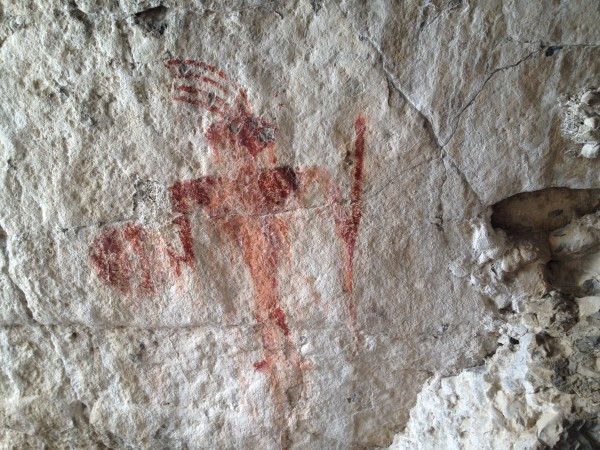
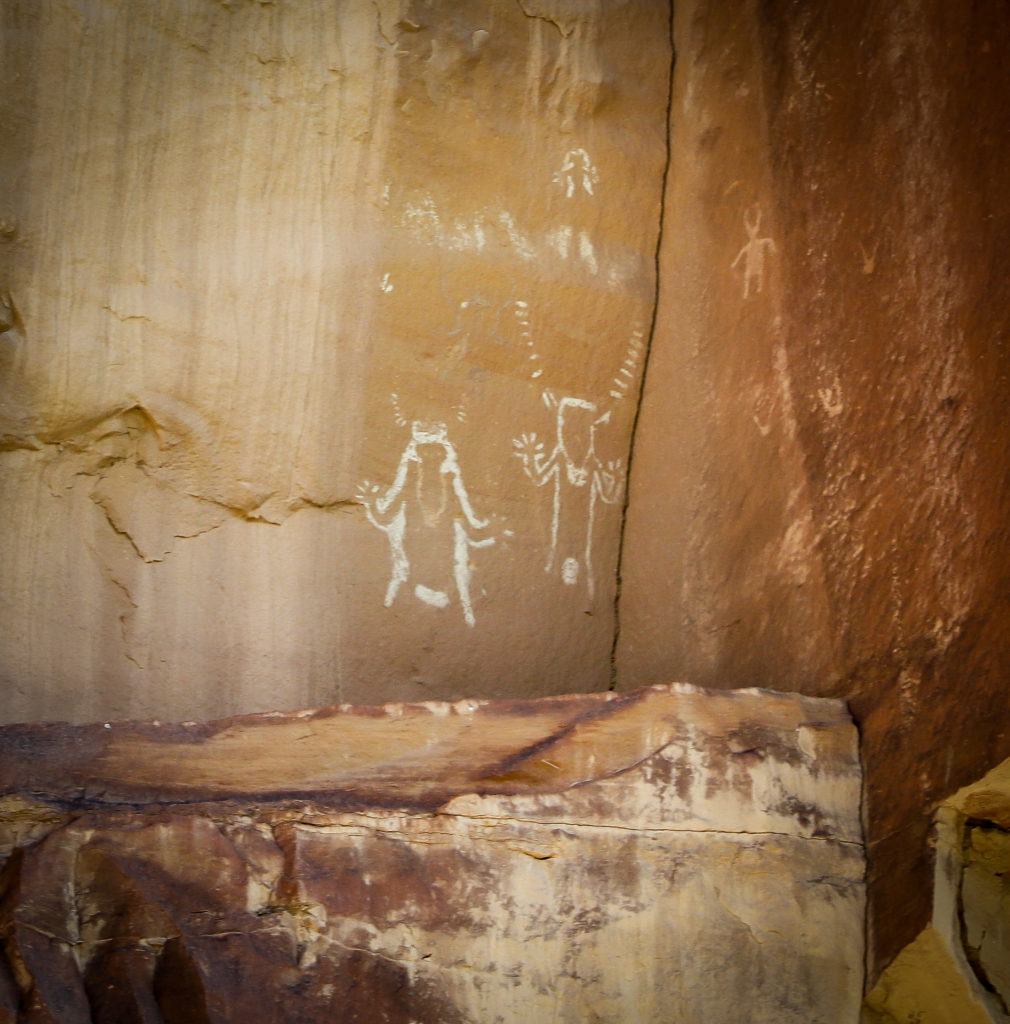
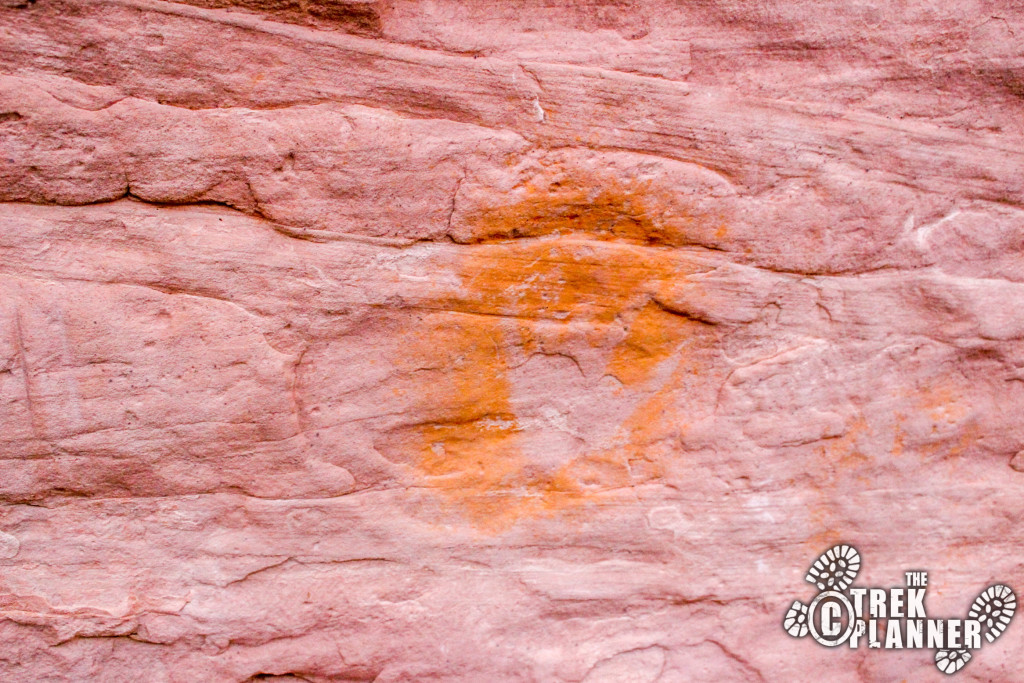
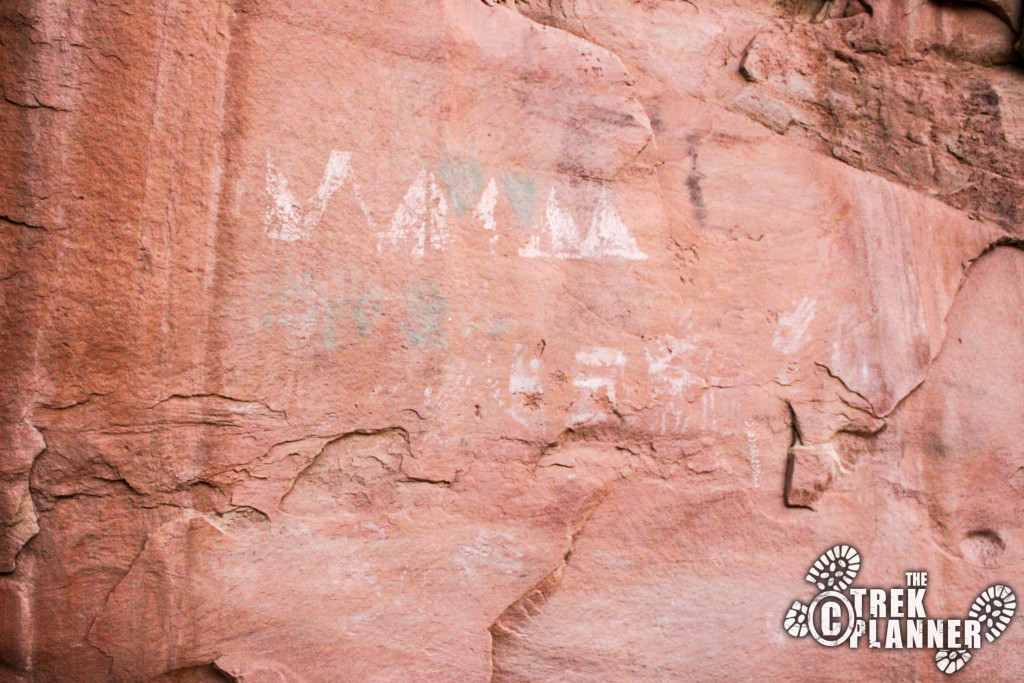
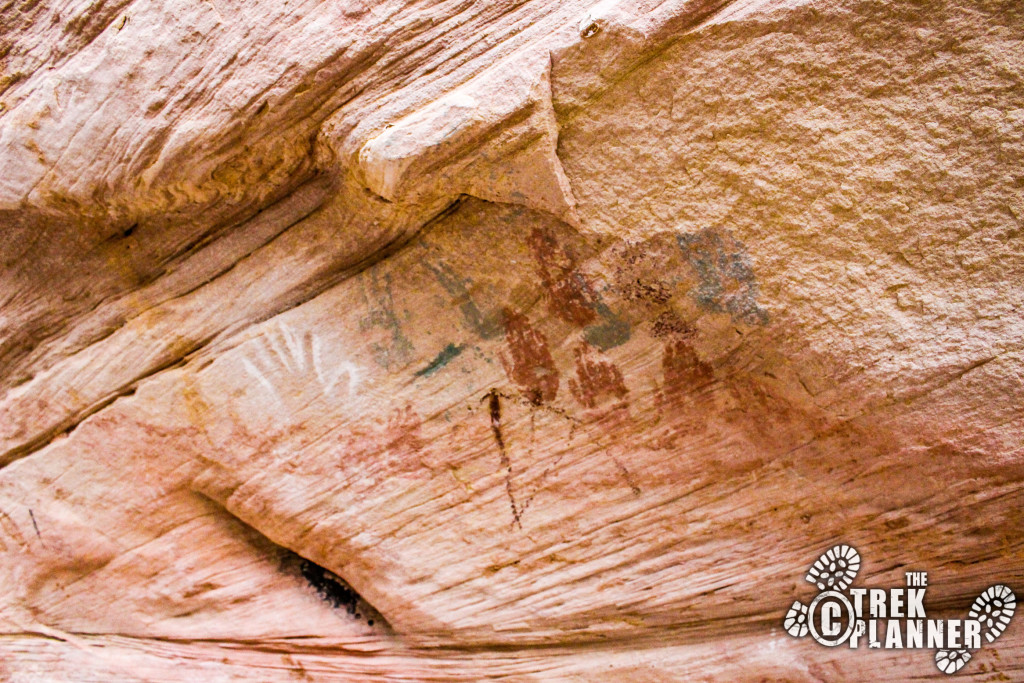
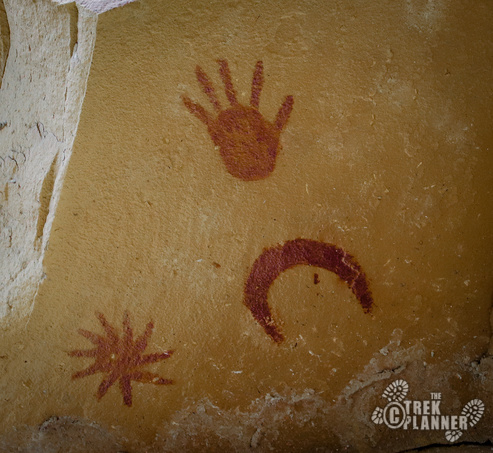
Petroglyphs are not the same as pictographs because petroglyphs are made by scratching, pecking, carving, or chiseling out rock to also form symbols, forms, and animals. It is possible to find similar symbols, anthropomorphs, and animals between both pictographs and petroglyphs.
The petroglyphs in the following pictures were created by the Ute, Fremont, and possibly the Pueblo peoples.
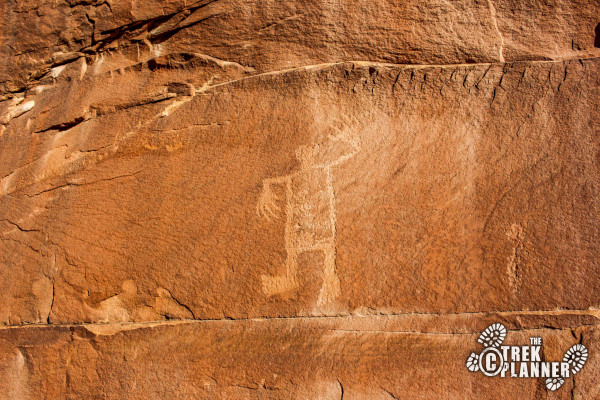
Sometimes you will hear the word “glyphs.” Glyph can be synonymous with the word rock art and can mean pictographs and petroglyphs and things written on trees, but can also mean things like in the pictures below.
We don’t have much information on these below but these are also considered rock art or glyphs.

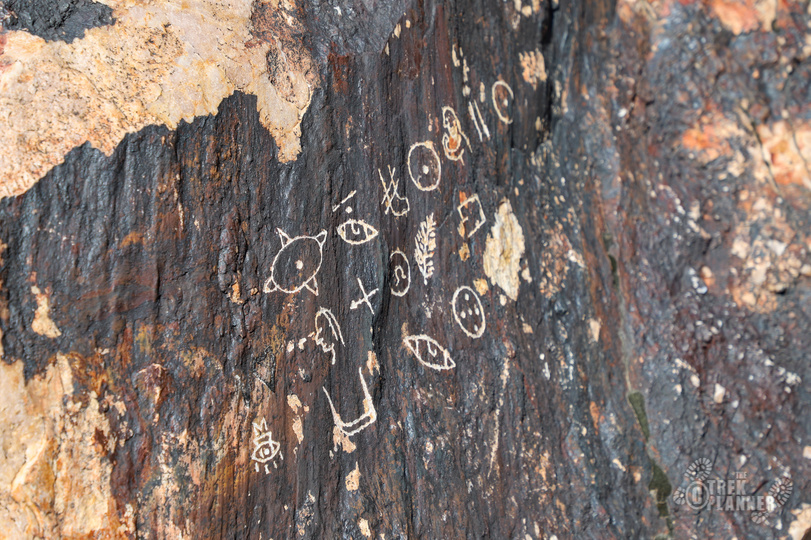
Arborglyphs are carvings made into trees. While these aren’t rock art in the same sense as petroglyphs or pictographs, arborglyphs still convey messages and symbols and are still considered glyphs. Some people that have created arborglyphs are shepherds, miners, and even some Native American groups. Some arborglyphs are several hundred years old and they of course change their shape as the tree grows taller and wider. There are some examples of arborglyphs in Idaho, Colorado, Utah and even California.
Some of the arborglyphs in Utah can be found in the Uinta Mountains and were created by the Spanish as they were mining the mountains or traveling around the area.
Dendroglyphs are basically the same as arborglyphs but they are found in New Zealand and carved by the aboriginal people called Moriori. Dendroglyphs can also mean symbols carved into trees by ancient peoples.
Royston Vasey at the English language Wikipedia [GFDL (http://www.gnu.org/copyleft/fdl.html) or CC-BY-SA-3.0 (http://creativecommons.org/licenses/by-sa/3.0/)], via Wikimedia Commons

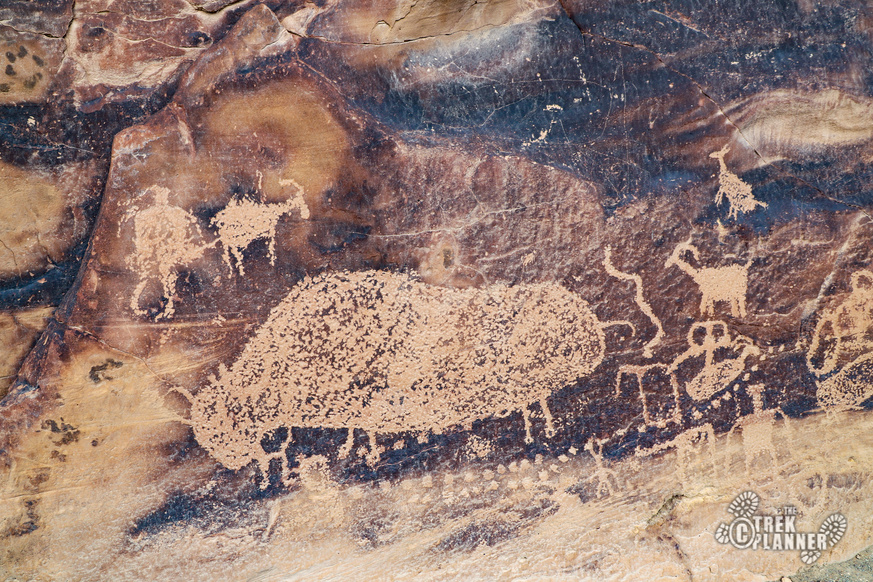
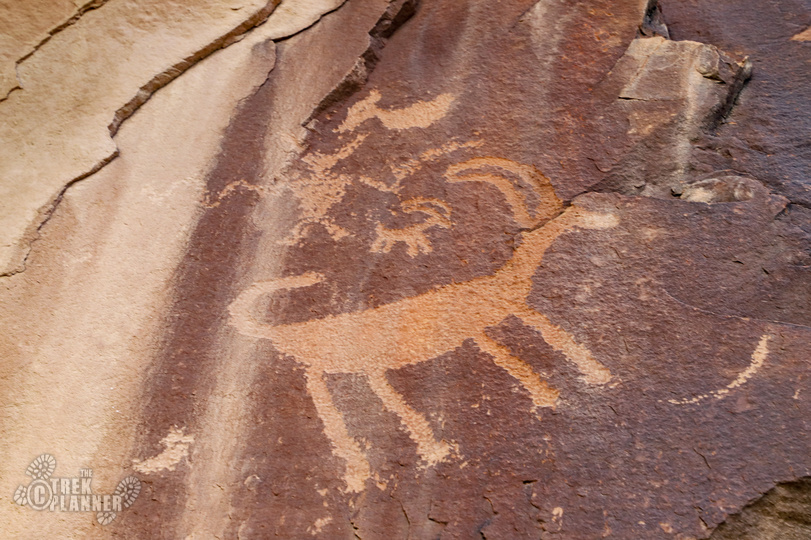



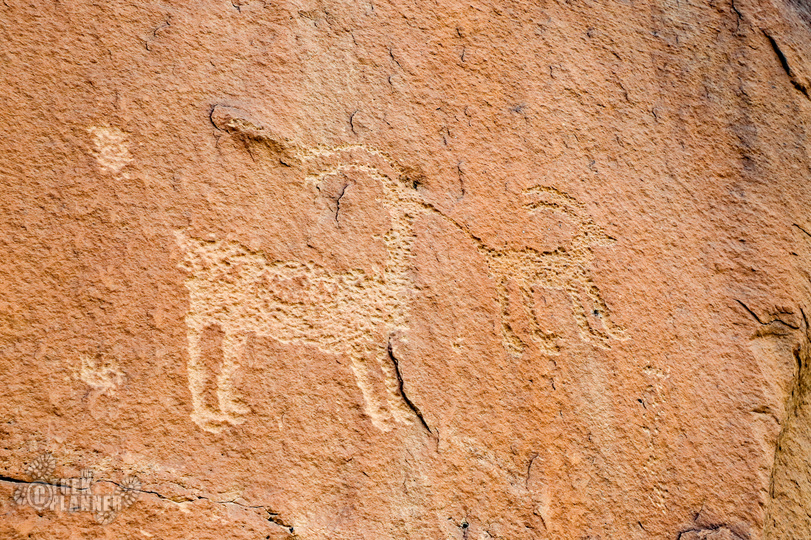





[…] and it won’t take you more than a few minutes if you are in a hurry. You will see both petroglyphs and pictographs on this large panel. I stayed for about 1/2 hour during one visit and there seemed to be a steady […]
[…] This is a unique and interesting pictograph. It is the only pictograph in an area full of petroglyphs that I know of. What’s the difference between pictographs and petroglyphs? Click here! […]